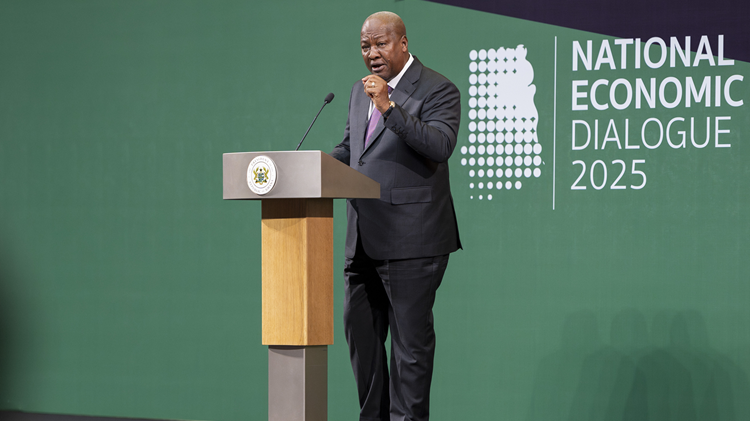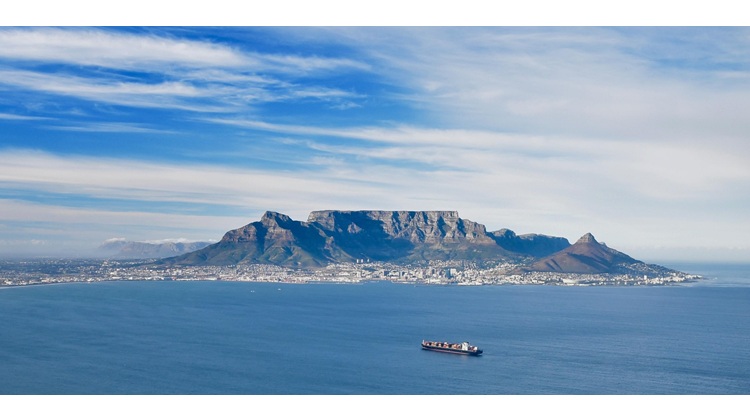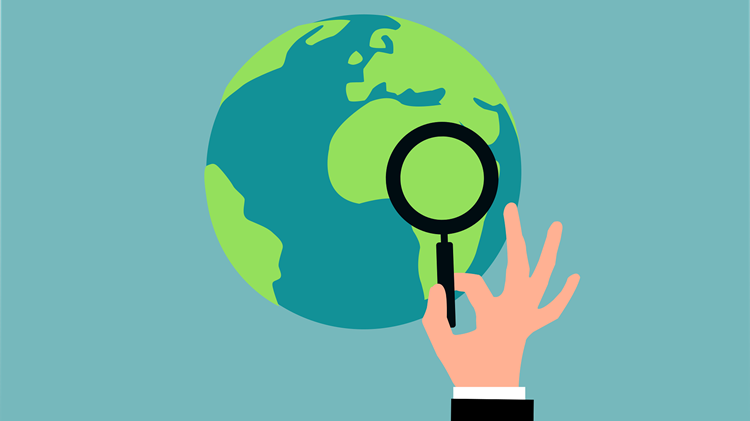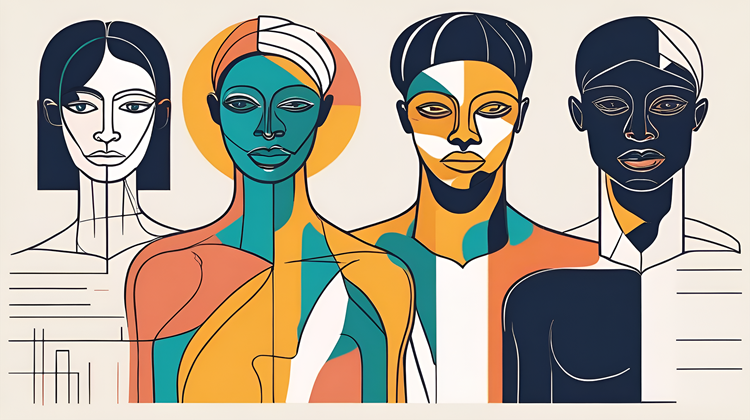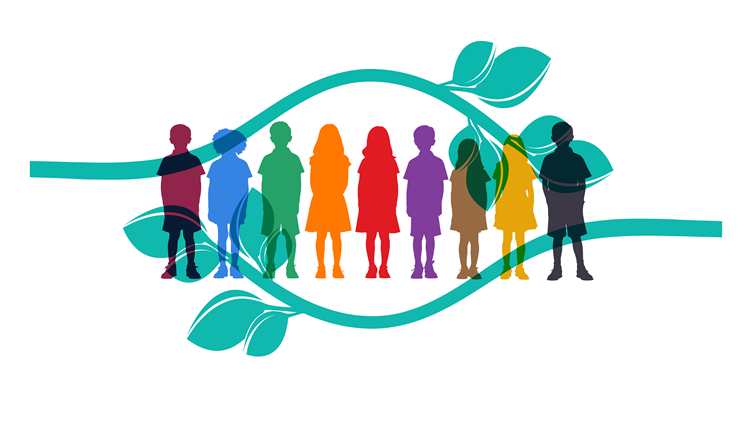Africa’s development blueprints are ambitious but short on action
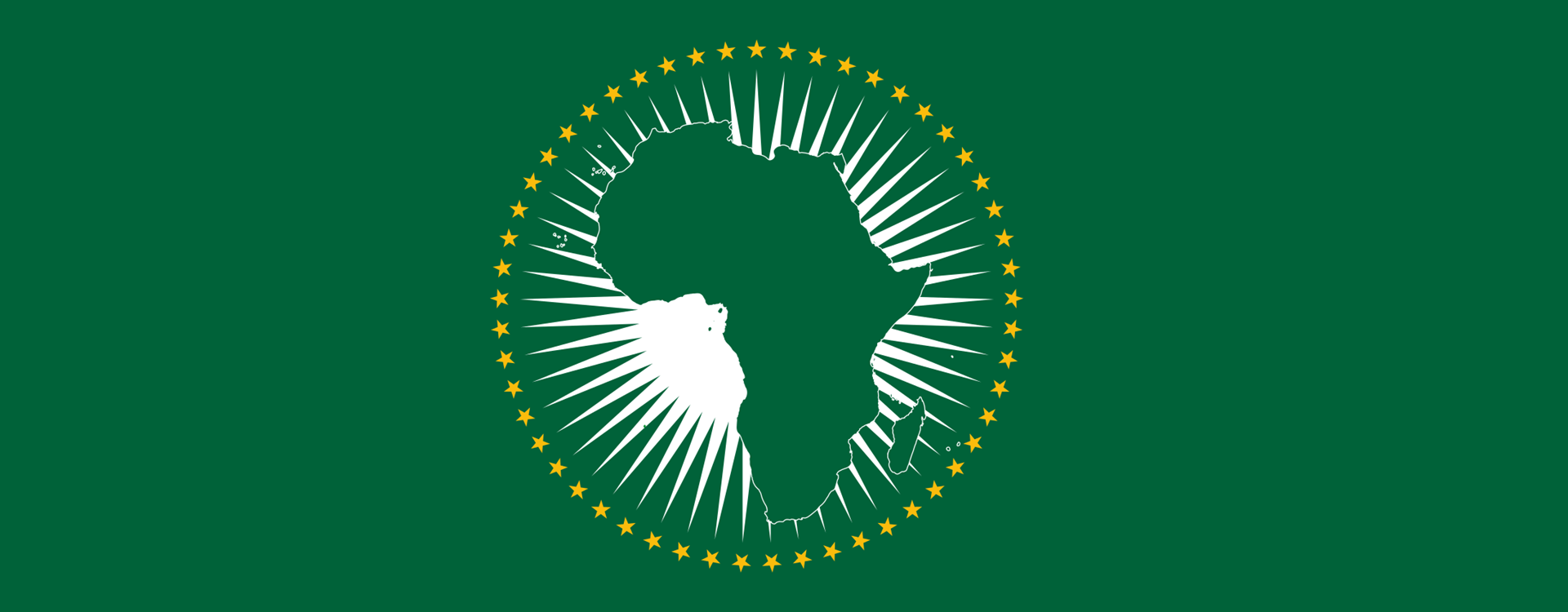
A foresight assessment of Goal 1 under Aspiration 1 of the African Union’s Agenda 2063
When African leaders launched Agenda 2063 in 2015, they set out an audacious vision, “The Africa We Want”. This vision aims for a continent that is prosperous, peaceful and driven by its own citizens. Agenda 2063 is implemented through successive Ten-Year Implementation Plans (TYIPs), each translating the Agenda’s seven aspirations and twenty goals into actionable commitments. The Second TYIP (2024–2033) marks what the AU calls a “decade of acceleration”, which implies a crucial phase for turning ambitions into measurable progress.
At the heart of Aspiration 1: 'A prosperous Africa based on inclusive growth and sustainable development', lies Goal 1: 'A high standard of living, quality of life and well-being for all citizens.' This is the moral and developmental anchor of Agenda 2063. Yet, roughly one-third of Africans, over 460 million people, still live below the extreme-poverty line of US$2.15 per day. The challenge is not merely to reduce extreme poverty but to eradicate it sustainably, while ensuring inclusion, environmental resilience and productivity growth.
Goal 1 sits alongside four other targets under Aspiration 1: economic transformation, modern agriculture, a vibrant blue (ocean) economy and environmental sustainability. Together, these goals represent Africa’s quest for inclusive development. However, even after a decade of the First TYIP (2013–2023), progress remains uneven and too slow to transform lives at scale.
Goal 1 of the AU’s Agenda 2063 aligns with the United Nations’ (UN) Sustainable Development Goal 1 (SDG 1), which aims to 'eradicate extreme poverty for all people everywhere' by 2030. However, this UN target is no longer realistic for most African countries, which therefore should align their planning horizons more pragmatically with Agenda 2063’s mid-century goal. This is not a retreat from SDG 1, but an acknowledgement that eradicating extreme poverty demands structural transformation, not temporary relief. Challenges such as rapid population growth, climate shocks, fragile governance, limited capital and geopolitical volatility further complicate this task. To stay on track, Africa must prioritise effectively, coordinate purposefully, finance strategically and monitor rigorously.
To stay on track with Agenda 2063, Africa must prioritise effectively, coordinate purposefully, finance strategically and monitor rigorously
Scenario modelling by the African Futures and Innovation (AFI) programme at the Institute for Security Studies (ISS) offers a long-term view of Africa’s trajectory. The analysis compares a business-as-usual “Current Path” with a transformative (“Combined”) scenario aligned to the aspirations of Agenda 2063. Under the Current Path, Africa experiences gradual progress towards alleviating extreme poverty. However, the pace is insufficient to achieve Goal 1 and lags significantly behind other developing regions. For instance, by the end of the Third TYIP in 2043, almost one in five Africans will still live in extreme poverty, compared to just 2.4% in South Asia and 2% in South America (Figure 1).
The Combined scenario, by contrast, envisions decisive reforms that include improved governance, investments in human capital, full implementation of the African Continental Free Trade Area (AfCFTA), stronger agricultural productivity, accelerated industrialisation, better demographic and health outcomes, increased capital inflows and expanded infrastructure. Under this scenario, the extreme-poverty rate drops to roughly 11% by 2043, 8.2 percentage points lower than the Current Path. In absolute terms, almost 200 million more Africans will escape extreme poverty. Economic growth is relatively faster, inequality narrows and the economy diversifies toward higher-productivity sectors. The gap between the two scenarios illustrates the cost of policy inertia and the opportunity that bold reforms could unlock.
These findings convey a clear message: without concrete, time-bound and actionable commitments, ambitious development blueprints alone will not deliver Agenda 2063. African governments must therefore move beyond rhetoric and commit to bold, sustained reforms that drive real transformation.
Strong and transparent institutions are the foundation for eradicating extreme poverty. Where governance is credible, services reach citizens, corruption declines and fiscal resources are channelled toward human development. Overall, accountable governance directly translates into better welfare outcomes.
Human-capital development, particularly quality education and universal health coverage, raises labour productivity and supports demographic transition through lower dependency ratios. Educated, skilful and healthy citizens are more adaptable, innovative and employable, enabling African nations to capture the benefits of their youthful populations.
Agricultural transformation is equally vital. Raising yields, diversifying crops, implementing smart irrigation and adopting climate-resilient practices boost rural incomes and food security, especially in countries where agriculture still employs more than half the workforce. These improvements have immediate, pro-poor impacts.
The AfCFTA catalyses economic growth and development across the continent. By expanding markets, harmonising regulations and fostering regional value chains, it stimulates industrialisation, supports small- and medium-enterprise growth and drives job creation. According to a World Bank study, full implementation of the AfCFTA could lift 30 million people out of extreme poverty and raise incomes by 7% continent-wide by 2035, while adding US$76 billion to the income of the rest of the world.
Industrialisation and energy access amplify these effects. Manufacturing generates sustainable employment and technological spillovers, although income gains take time to reach households. Expanding affordable energy and digital connectivity increases productivity, empowers entrepreneurs and integrates rural economies into national markets.
The Second TYIP estimates that Africa will need approximately US$8.9 trillion in cumulative resources by 2033 to sustain its accelerated agenda. Meeting this demand requires innovative and disciplined financing strategies. Domestic resource mobilisation must lead the way through comprehensive tax reform, improved revenue administration and measures to curb illicit financial flows. Governments should complement these efforts with blended finance and public-private partnerships that attract private capital for infrastructure and industrial investment. Additionally, innovative mechanisms, such as diaspora bonds, sovereign wealth funds and the 0.2% Agenda 2063 levy, can generate predictable, Africa-owned funding streams.
Equally important is accountability in public spending. Mobilising more resources without improving expenditure efficiency will not close the extreme poverty gap. Every dollar must produce a measurable developmental impact.
The Second TYIP estimates that Africa will need approximately US$8.9 trillion in cumulative resources by 2033 to sustain its accelerated agenda
Africa’s narrative is one of resilience; however, resilience alone does not guarantee transformation. The next two decades will be crucial in determining whether 2063 becomes a milestone of achievement or a reminder of unrealised potential. The time for action is now. Strong governance reforms, investment in human capital development, full implementation of the AfCFTA and agricultural transformation, combined with macroeconomic reforms that promote industrialisation, capital inflows, infrastructure development and job creation, will be key to winning the battle against extreme poverty. Both governments and citizens must view extreme poverty eradication not just as a slogan, but as a continental mission that requires focus, financing and sustained effort.
Image: Sigitas0805/WikimediaCommons
Read the full recently updated regional report for Africa here.
Republication of our Africa Tomorrow articles only with permission. Contact us for any enquiries.

